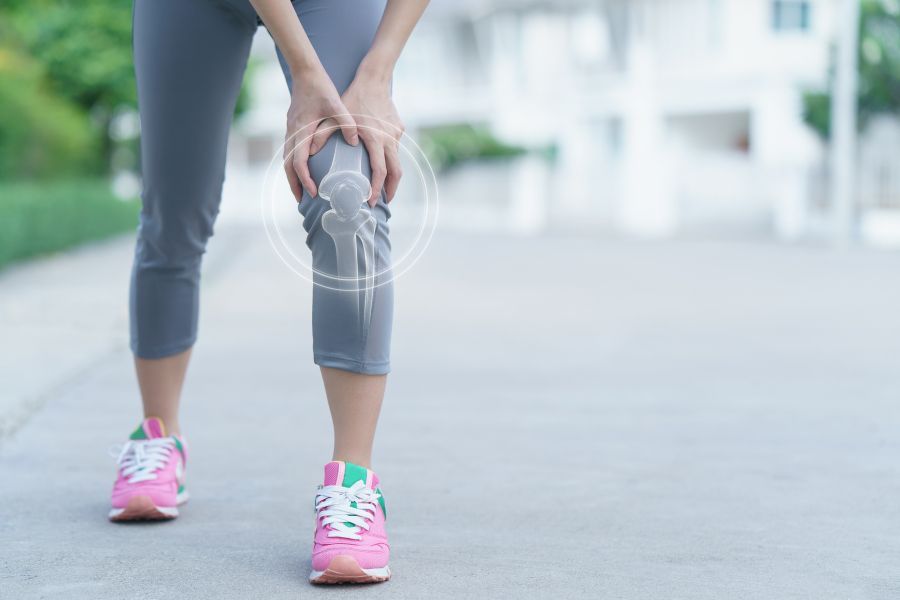
- Cracking knuckles cause arthritis.
MYTH – Cracking your knuckles does not cause arthritis. Your joints contain a lubricating liquid, known as the synovial fluid. This liquid helps to reduce friction when you move your joints.
Cracking your knuckles produce a “pop” sound because bubbles found in the synovial fluid burst when you pull your bones slightly apart by stretching your fingers or bending them backwards. Although cracking knuckles does not cause arthritis, this habit may lead to hand injuries such as weaker grip. - Weather and humidity may affect joint pain.
FACT – Some studies show that higher humidity levels increase joint pain and stiffness, especially in cold weather. Cold and rainy weather is normally linked to a drop in air pressure. The change in air pressure causes our tendons, muscles, bones and scar tissues to expand at different rates, resulting in joint pain. Lower temperatures and inactivity during cold and rainy days may also stiffen muscles around our joints. Hence, some people with joint pain may find that their joint pain worsens during cold and humid weather conditions.
Check our range of joint and bone health supplements here. - Diet can be a factor in preventing arthritis.
MYTH – Some studies may show that food that has some anti-inflammatory properties such as olive oil and omega 3-rich fish, may help with arthritis. Arthritis is a condition where there is the inflammation or swelling of your joints. However, there is not enough evidence to prove that changing your diet can prevent arthritis.
However, it is still important to have a combination of healthy diet with exercise to help with weight loss. Losing weight may help to relieve pain associated with arthritis, especially in people who are overweight. - Broken bones are the only way to tell if you have osteoporosis.
MYTH – You don’t need to suffer from broken bones to find out if you have osteoporosis! Osteoporosis is a medical condition which causes your bones to become weak and fragile. Your doctor can order the Bone Mineral Density (BMD) test, which measures the density of your bones, especially if you have certain risk factors such as being more elderly or being of the female gender.
This test involves a scan to calculate your risk of getting a fracture. The test is similar to having an X-ray. - Women are more prone to osteoporosis.
FACT – Osteoporosis is a medical condition which causes bones to become weak and fragile. Women are about four times more likely to suffer from this condition compared to men.
Estrogen, a female hormone, is needed to maintain and protect your bones. The level of estrogen decreases after menopause, causing women to lose bone mass. Hence, women in their 50s lose their bone mass faster than men. However, when men and women are both in their late 60s, the rate of loss of bone is similar among the two genders. - You should stop exercising if you have knee pain.
MYTH – Resting too much can cause your muscles to be weaker. This worsens knee pain. The right combination of strengthening and stretching excercises can relieve pain and prevent further injury. Exercising helps to maintain the strength of the muscles supporting your knees and flexibility of your knees. If you are overweight, exercising can also help with weight loss, which reduces the stress on your knee. This would help to help to reduce your pain.
Check out our range of home exercise equipment here.
If you have not exercised in a while, start exercising slowly and build up over time. You can consider low-impact excercises such as walking, swimming or cycling on a stationary bike. Avoid exercises or sports that increases stress on your knees such jumping jacks as they can worsen your knee pain.
Updated Oct 2023
.png)



















































